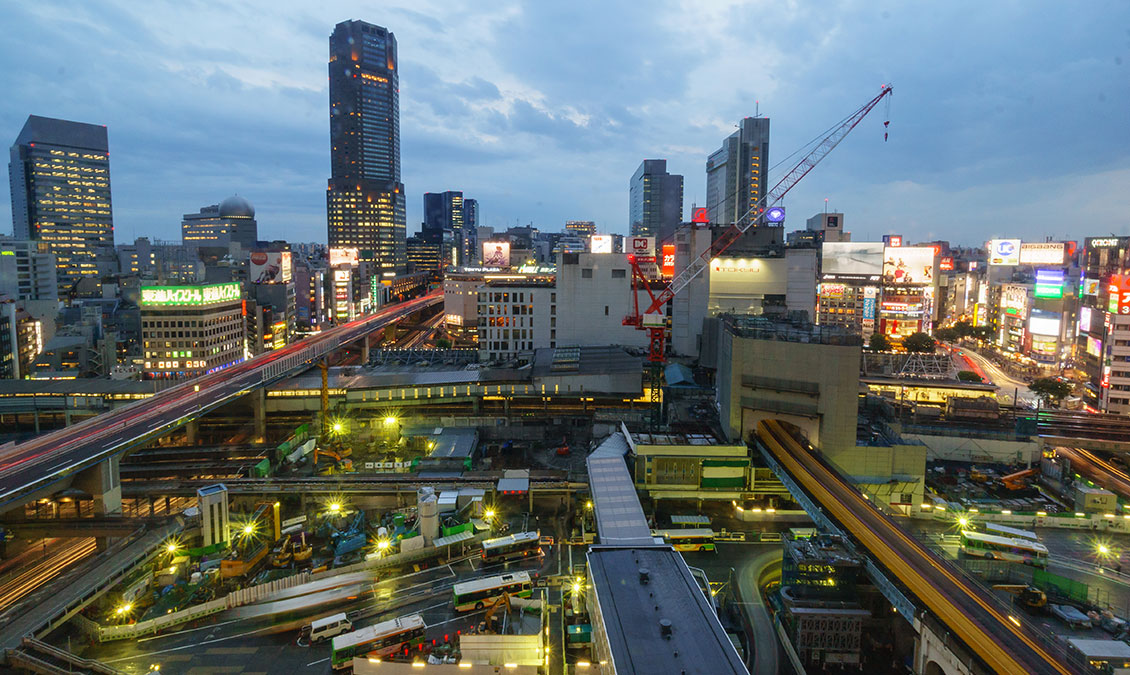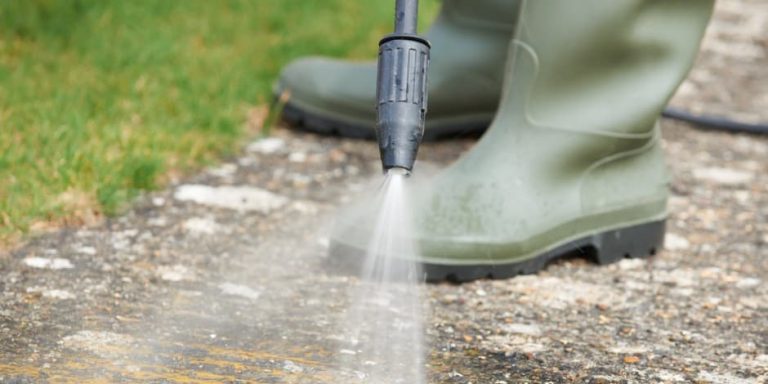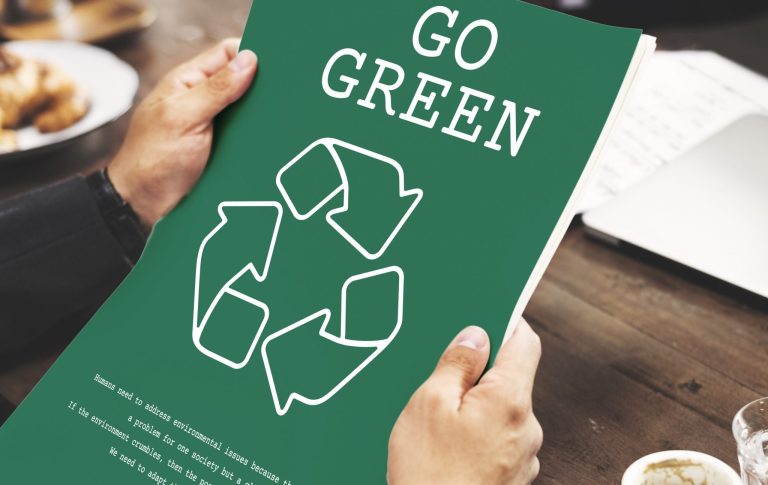
Cities are the beating heart of modern civilization. From towering skyscrapers to bustling sidewalks, urban environments are in constant need of maintenance—and power washing plays a key role in keeping them clean and presentable. But there’s a catch: traditional power washing, when done without environmental oversight, can contribute to pollution, water waste, and ecological disruption.
With growing public pressure for sustainability and the rise of climate-focused city planning, municipalities and contractors must adopt eco-responsible power washing practices. This article explores the challenges of cleaning urban infrastructure and how we can do it responsibly, without sacrificing cleanliness or environmental health.
🚧 The Scale and Complexity of Urban Cleaning
Urban environments include a wide variety of infrastructure that requires regular power washing:
- Public sidewalks and plazas
- Parking garages and lots
- Stadiums, amphitheaters, and event spaces
- Transit stops, bridges, and tunnels
- Government buildings and schools
- City signage, street furniture, and monuments
The cleaning needs are immense—and so is the potential for environmental impact if practices aren’t managed properly. 🧼🌍
💧 Water Usage: When Volume Becomes a Problem
One of the most significant environmental concerns in urban power washing is water consumption. A single commercial-grade pressure washer can use 4–8 gallons per minute (GPM). Large jobs may require multiple machines running simultaneously, which quickly adds up.
For example:
- Cleaning a public plaza might use over 1,000 gallons of water
- A stadium cleanup could easily exceed 5,000 gallons
- Frequent washing of downtown sidewalks may total tens of thousands of gallons per year
This level of water use becomes problematic in drought-prone cities like Los Angeles, Phoenix, or Denver, where municipal water restrictions are already in place. 🌵💦
🌊 Runoff and Stormwater Pollution
Runoff from urban power washing typically includes:
- Oil and grease from vehicles
- Chewing gum, litter, and human waste
- Pesticides or fertilizers from nearby landscaping
- Soap, detergents, and chemical degreasers
- Heavy metals from construction zones
Because most stormwater systems are not connected to treatment plants, this runoff flows untreated into local rivers, lakes, and oceans.
This contributes to:
- Algal blooms
- Fish kills
- Contamination of drinking water sources
- Pollution at recreational waterfronts 🐟🛑
🔊 Noise and Emissions in Dense Environments
Many commercial power washers run on gasoline or diesel, which produce:
- Carbon monoxide
- Nitrogen oxides
- Volatile organic compounds (VOCs)
- Fine particulate matter (PM2.5)
In tight urban spaces with high foot traffic, these emissions degrade air quality and increase public health risks. Gas-powered machines are also loud—producing up to 100 decibels—which can disturb residents, wildlife, and people with sensory sensitivities.
✅ Eco-Responsible Urban Washing Best Practices
To minimize harm and maximize efficiency, cities and contractors should implement the following eco-conscious methods:
1. Use Water Reclamation Systems
Professional setups now include:
- Vacuum recovery units
- Filtration systems
- Containment mats
These systems allow workers to collect, treat, and reuse water onsite—reducing waste by up to 90%.
2. Switch to Electric or Battery-Powered Washers
Electric machines:
- Emit no exhaust
- Are much quieter
- Require less maintenance
- Are ideal for indoor or semi-enclosed spaces
They’re especially helpful in hospitals, schools, and mixed-use neighborhoods.
3. Time Washing Strategically
Schedule power washing:
- During low foot traffic hours (e.g., early morning or late night)
- Outside of peak wildlife activity times
- Away from storm events or heavy rain
This reduces runoff risks and public disruption.
4. Use Certified Green Detergents
Choose:
- Biodegradable, phosphate-free cleaners
- Non-toxic degreasers
- Eco-certifications like Green Seal or EPA Safer Choice
Avoid bleach and petroleum-based solvents unless absolutely necessary.
Browse Amazon Here For Eco-Friendly Pressure Washing Detergents
📋 Government Oversight and Contracts
Cities have enormous influence over contractor behavior. Municipalities should:
- Include eco-standards in RFPs (Requests for Proposals)
- Require documentation of water use and chemical inventory
- Mandate training in environmental best practices
- Offer incentives for green-certified vendors 🌟
Some cities—like San Francisco, Seattle, and Portland—already have pressure washing BMPs (Best Management Practices) written into city codes.
🌿 Public and Environmental Benefits
When done responsibly, urban power washing provides:
- Cleaner, safer public spaces
- Reduced allergen exposure (e.g., pollen, mold)
- Less visual pollution (graffiti, gum, stains)
- Protection for nearby waterways and soil
- Enhanced urban biodiversity
Cities that promote eco-cleaning also enjoy stronger public trust and civic pride. 🏙️💚
🧠 Final Thoughts
Cleaning urban infrastructure is essential—but doing it irresponsibly comes at a heavy environmental cost. By investing in better equipment, training, and chemical choices, cities and contractors can ensure their power washing operations leave behind clean spaces without leaving a dirty footprint on the planet.
Eco-responsible power washing is not just a trend—it’s the new standard for forward-thinking urban environments. 🌍✅
Browse Amazon Here For Eco-Friendly Pressure Washing Detergents






